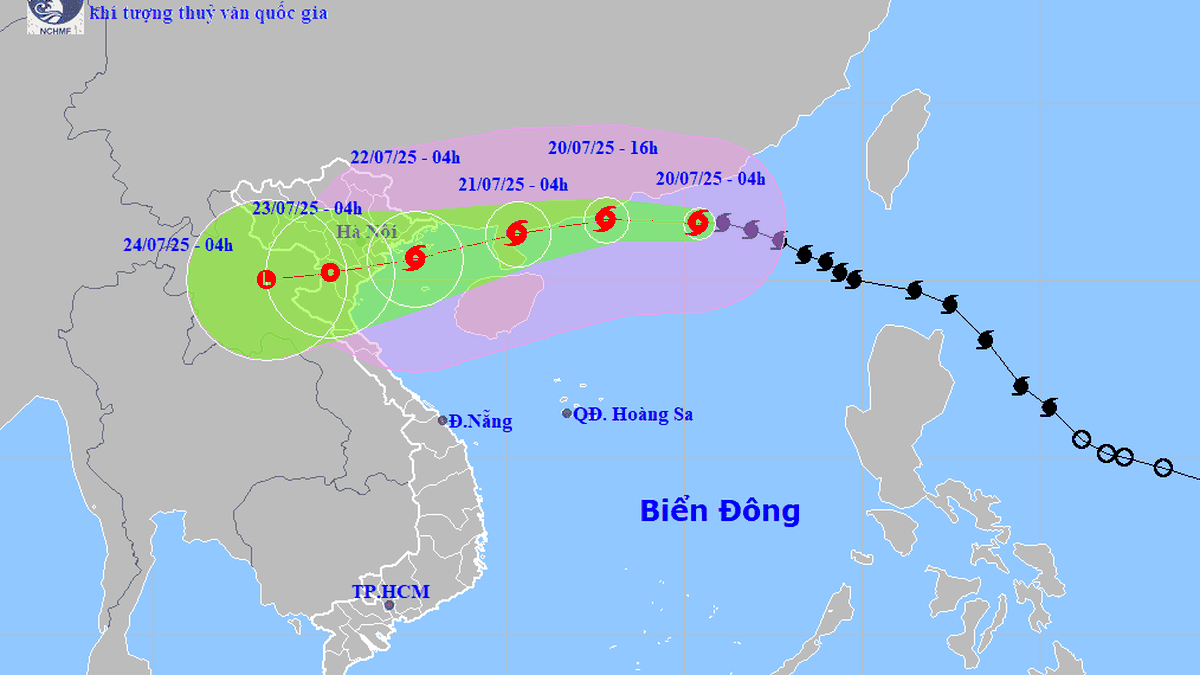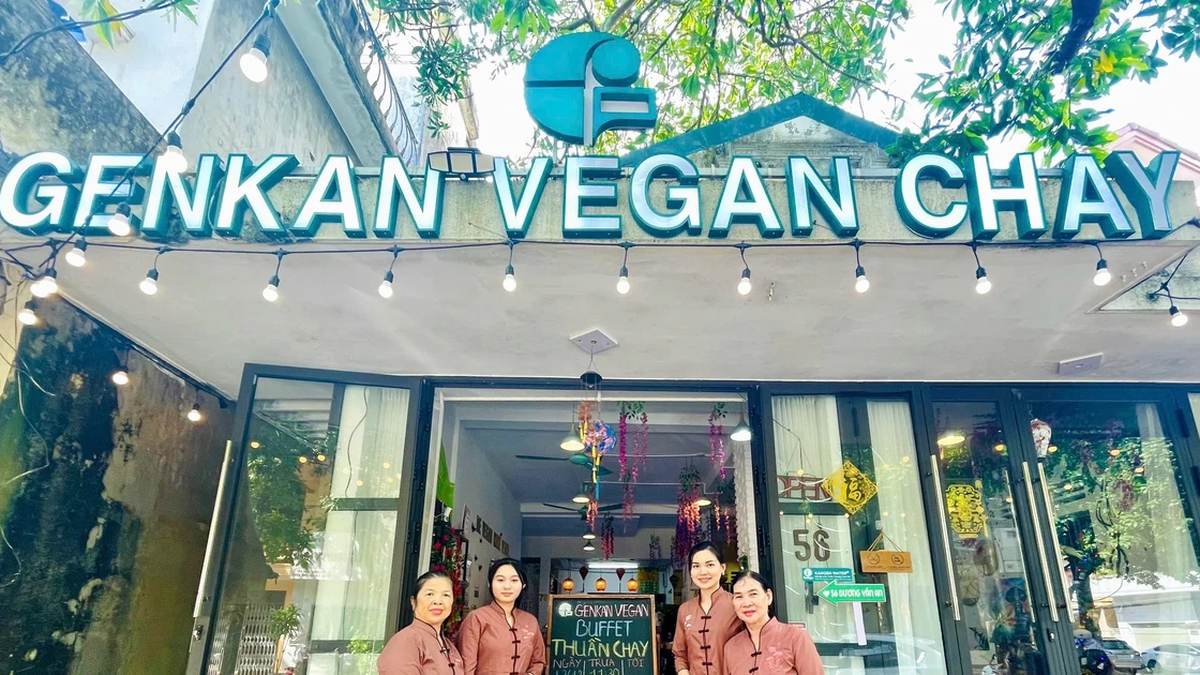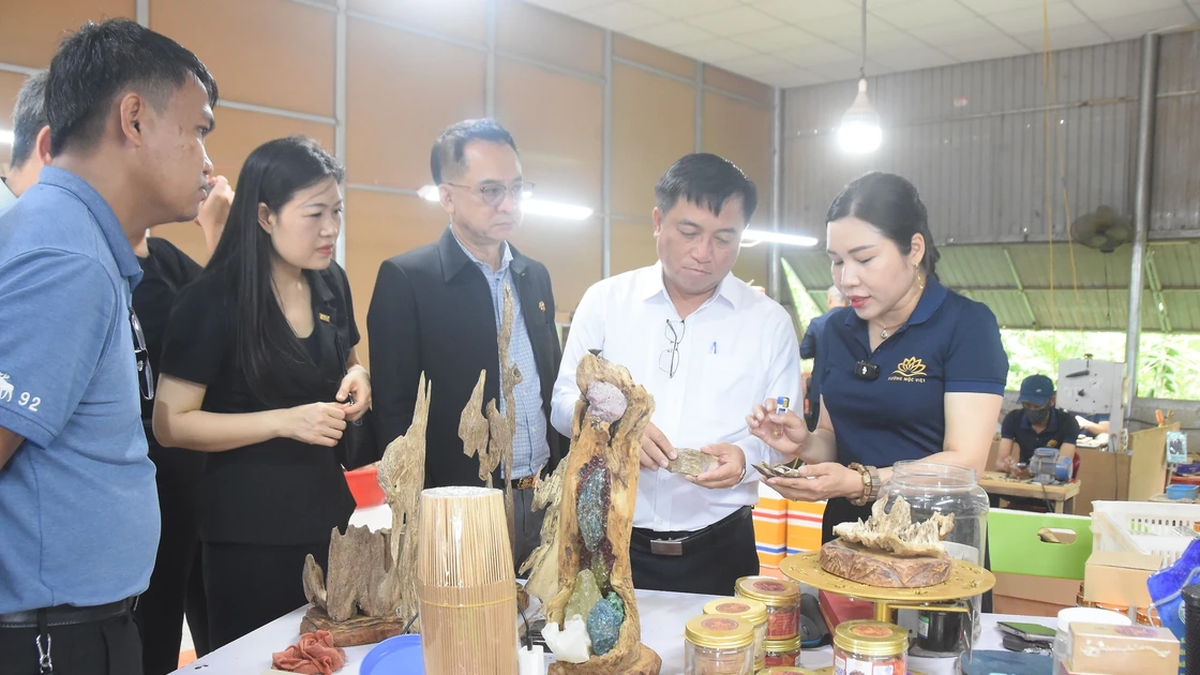Japanese Yen exchange rate drops sharply
Japanese Yen exchange rate surveyed this morning, September 21, at banks, specifically as follows:
At Vietcombank, the buying rate of the Japanese Yen is 160.09 VND/JPY and the selling rate is 169.49 VND/JPY, down 0.77 VND and 0.82 VND respectively. At Vietinbank, the Yen rate decreased by 0.55 VND in both buying and selling, equivalent to 160.19 VND/JPY and 169.89 VND/JPY. At BIDV, the buying rate decreased by 0.94 VND and the selling rate decreased by 0.98 VND to 160.82 VND/JPY and 169.17 VND/JPY. At Agribank , the buying and selling rates are 161.87 VND/JPY and 165.90 VND/JPY, down 0.74 VND in both buying and selling.
At Eximbank, the buying and selling rates decreased by 0.9 VND at the buying rate and 0.92 VND at the selling rate, respectively, to 161.64 VND/JPY and 166.21 VND/JPY. At Techcombank, the Japanese Yen exchange rate decreased by 1.03 VND at the buying rate and 1.07 VND at the selling rate, respectively, to 157.33 VND/JPY and 169.63 VND/JPY. At Sacombank , the Japanese Yen exchange rate decreased by 0.99 VND at the buying rate, corresponding to 161.54 VND/JPY, and decreased by 0.93 VND at the selling rate, corresponding to 168.13 VND/JPY.
Thus, today Agribank is the bank with the highest Japanese Yen buying rate and at the same time Agribank is also the bank with the lowest selling rate among the surveyed banks.
European gas market volatile
Today, September 21, in the early morning (Vietnam time), gas prices decreased by 0.51%, at 2.72 USD/mmBTU for natural gas contracts for delivery in October 2023.
According to analysts, the main reason for the drop in gas prices is the decrease in demand for gas consumption in the context of warmer weather in Europe and the US. In addition, Russia's gradual decrease in influence in the gas market also contributed to the drop in gas prices.

The slight decrease in gas prices may be good news for consumers, however, experts say that gas prices will likely continue to fluctuate in the coming time, depending on supply and demand and macroeconomic factors.
In the domestic market, from September 1, 2023, gas prices have increased sharply following the world's increase. Specifically, for a 12kg gas cylinder, it increased by 33,000 VND/cylinder, equivalent to an increase of about 2,750 VND/kg.
Domestic gas prices depend on global developments as domestic supply can only meet about 60% of consumption. Several factors can contribute to gas prices including increased gas production, supply and demand, as well as changes in energy policy and market volatility.
Highest domestic coffee price is 68,100 VND/kg
Domestic coffee prices updated at 4:24 a.m. on September 21, 2023 continued to be stable and at a high level, the average coffee price in the Central Highlands provinces was 67,800 VND/kg, of which the purchase price in Dak Nong province was the highest at 68,100 VND/kg.
Specifically, the purchase price of coffee in Gia Lai and Kon Tum provinces on September 21 was VND67,700/kg. In Dak Nong province, coffee was purchased at the highest price of VND68,100/kg.
The price of green coffee beans (coffee beans, fresh coffee beans) in Lam Dong province in districts such as Bao Loc, Di Linh, Lam Ha, coffee is purchased at 67,300 VND/kg.
In Cu M'gar district, Dak Lak province, coffee price is currently at 67,800 VND/kg. In Ea H'leo district, Buon Ho town, it is purchased at the same price of 67,900 VND/kg.
According to experts, the reasons that could cause coffee prices on the three exchanges to decrease stem from the fact that the Brazilian Ministry of Agriculture's Norms Agency raised its 2023 production forecast to 38.2 million bags compared to the previous forecast of 37.9 million bags; at the same time, London standard inventories reached a fairly high level of 41,720 tons; the Fed decided to keep interest rates at a high level of 5.25% - 5.5%...
Rice prices fall, market trading slows
Rice prices today in the Mekong Delta turned down for rice, while paddy prices remained stable.
While paddy prices remained stable, rice prices across the board fell by VND100-250/kg. Similarly, by-product prices also decreased by VND100-200/kg.
In An Giang, sticky rice trading was quiet. Long An sticky rice prices also recorded a slight decrease. In Tien Giang, ST 24 raw rice decreased slightly, while finished rice was stable.
In Dong Thap, the price of OM 5451 and OM 18 rice tends to decrease. There are very few new transactions. Particularly, Dai Thom 8 rice fluctuates in opposite directions, warehouses buy sparingly, choose the rice type and price.

In the export market, rice prices remain stable. According to the Vietnam Food Association (VFA), the export price of 5% broken rice is currently at 613-617 USD/ton and 25% broken rice fluctuates around 598-602 USD/ton.
Many businesses believe that the main reason for the sharp decline in rice export prices is due to reduced demand. The Philippines, Vietnam's largest rice importer, is slowing down its purchases as traders are waiting for the government to finalize a plan to reduce import tax rates from 35% to 10% as proposed.
Source

































































































Comment (0)